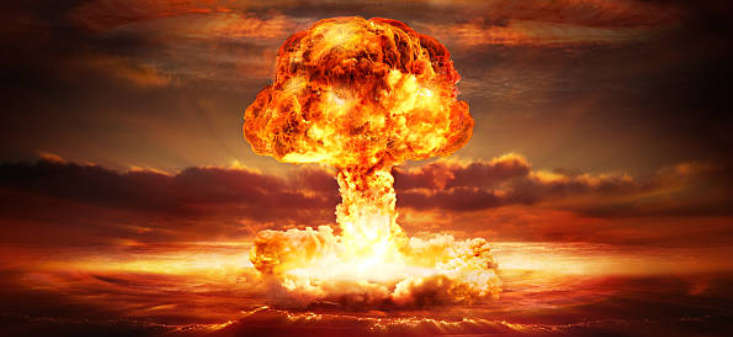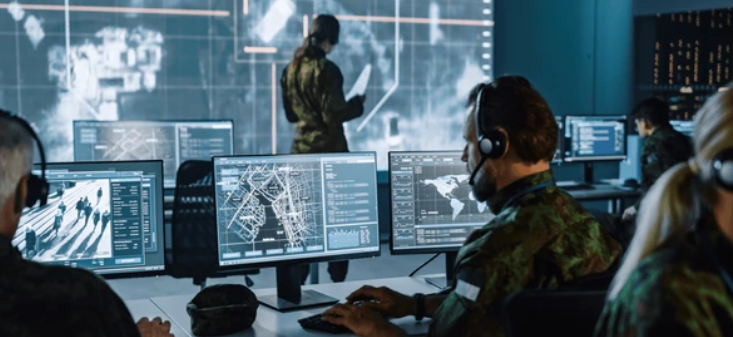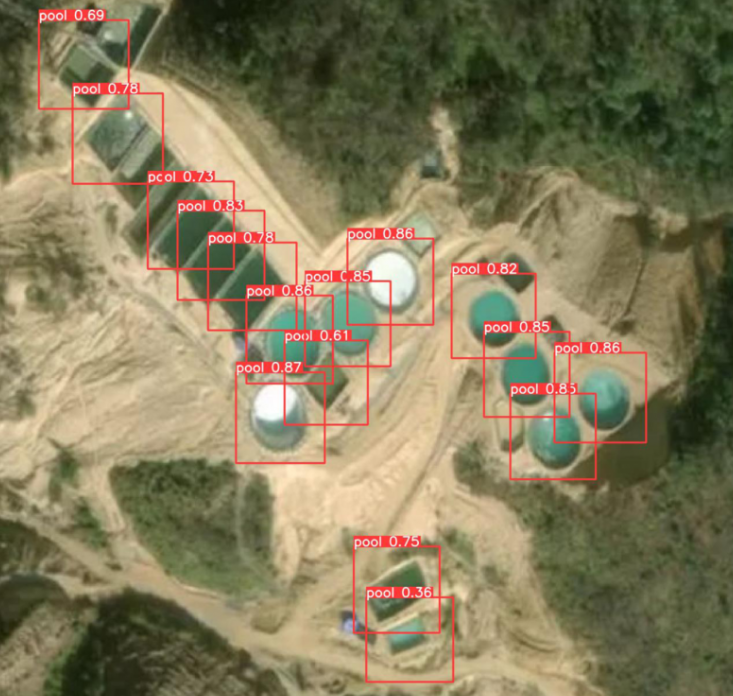Helping to Mitigate the Invisible Threat

The need
With the terrorist and nation-state threats of biological, chemical , radiological and nuclear attacks increasing, The United State’s Joint Program Executive Office for Chemical, Biological, Radiological, and Nuclear Defense (JPEO-CBRND or JPEO), has been actively involved in enhancing bio surveillance, chemical-biological defense capabilities, and radiological detection in the U.S. and allied countries around the world.
The solution
JPEO in coordination with the Department of Defense (DoD), have been working with the US military and allies to implement and support highly complex assets that perform enhanced bio-surveillance and environmental monitoring. To maintain the rigorous configuration standards these surveillance assets rely upon to function at peak effectiveness, JPEO, in coordination with the DoD, has implemented the Astralis AI’s Aries Asset Configuration and Enterprise Asset Management (ACM & EAM) platform.


The benefit
The JPEO reported a significant increase in the reliability of its highly critical assets, (one US ally reported increasing the reliability of its surveillance and monitoring equipment from 70% to 100% after employing Aries) by verifying configuration integrity in real time and automating configuration alerts and work orders to allow rapid remediation to address asset issues before they escalate. Ultimately, the reliability of these assets helps to prevent the major loss of life on a city or even country-wide scale – the benefits of which, are difficult to quantify when viewed from that perspective.
In 2014, the U.S. initiated the JPEO mission to bolster biological detection and bio surveillance in various high-risk regions around the globe. The threat vectors, unfortunately, have continued to multiply since its inception as weapons of mass destruction have increased in sophistication, deployment capabilities, and number.
Rogue nation states and highly capable terrorist organizations that currently have biological and chemical weapons programs or access to these agents and / or the ability to produce or have access to radiological agents continues to grow both in numbers and the capability to deploy weaponized materials on a mass scale. For the DoD and JPEO, the use of bioweapons in particular, has been a longstanding concern, particularly with regard to aerosolized biological agents such as anthrax and smallpox. These agents are designed to be difficult to detect, highly lethal, and capable of causing deeply unsettling harm to the human body. These biological agents could theoretically be used in either warfare or terrorist activities.
Advances in biotechnology have also enabled genetic modification of pathogens to enhance virulence and evade vaccines. Concerns have been raised about the possibility of engineered smallpox or anthrax strains that can resist medical countermeasures. The ability to modify microorganisms or create synthetic pathogens represents a major security risk.
The use of biological weapons covertly to maximize impact while avoiding direct attribution has been theorized by intelligence groups by contaminating water supplies with microencapsulated pathogens and aerosolized release via drones, missiles, or human agents. There are concerns that rogue nation states could supply biological agents to non- state actors such as terrorists, increasing global bioterrorism risks.
As a result, the JPEO for Chemical, Biological, Radiological, and Nuclear Defense (JPEO-CBRND) has been actively involved in enhancing bio surveillance, chemical-biological, and radiological defenses using highly complex equipment and military assets in critical locations throughout the U.S. and around the globe. By employing Astralis AI’s Aries platform in several key locations throughout the U.S. and in key ally locations, Astralis has been able to enhance the capabilities and reliability of JPEO’s and DoD’s bio surveillance and chemical-biological defenses. These enhancements include the following:
Asset Configuration Management (ACM) – ensuring the appropriate hardware and software configurations are in place for all monitoring equipment placed throughout key locations in participating countries. The Aries’s ACM platform alerts operators if any of its bio surveillance and chemical-biological radiological assets have configurations that are not in compliance and compromise the integrity of the assets’ monitoring capabilities.
Enterprise Asset Management (EAM) – when a misconfiguration is detected by the ACM capabilities of Aries, workflows are triggered that generate a workorder that is sent to a technician to bring the configuration issue into compliance either through a repair / replacement or an upgrade of hardware / software. Once the repair is completed, the ACM system is updated, and the new configuration is validated and confirmed as fully operational.
Ensuring the real-time systems that perform bio, chemical, and radiological surveillance helps the U.S., and its allies avoid the potential loss of life on a mass scale. Astralis AI’s Aries reliability and ease of use provides operators with a platform that helps them to achieve their mission – ensuring the safety of the millions of people they have been charged with protecting.
For more information
To learn more about Astralis AI and the Aries platform, please contact Astralis AI at: www.astralisai.com.
